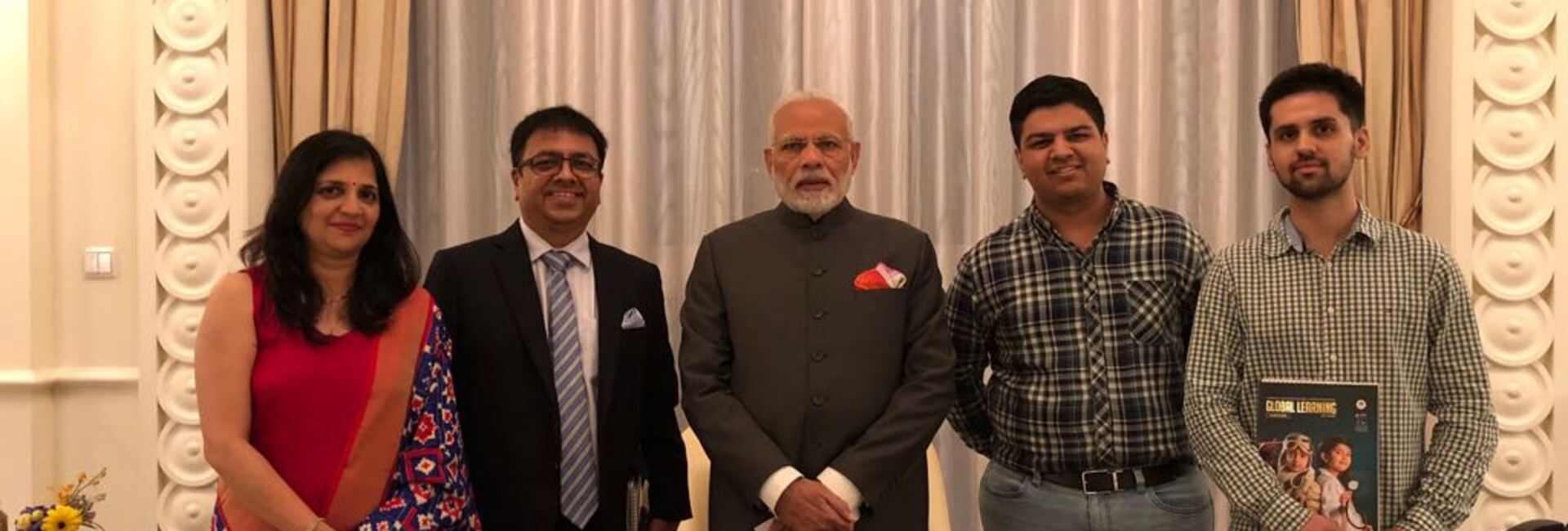(January 8, 2025) It’s not every day that a technologist leaves a thriving career to follow an idea that could change lives. But for Atul Temurnikar, taking risks has always been part of the journey. Today, as he prepares to receive the prestigious Pravasi Bharatiya Samman Award—the highest honor for overseas Indians—it’s clear that his bold decision to switch from corporate boardrooms to classrooms was worth it.
Atul is the co-founder and chairman of the Global Schools Foundation (GSF), a network of over 70 campuses in 12 countries. Through this foundation, he has helped thousands of families—especially Indian expatriates—find a sense of belonging while ensuring their children receive world-class education.
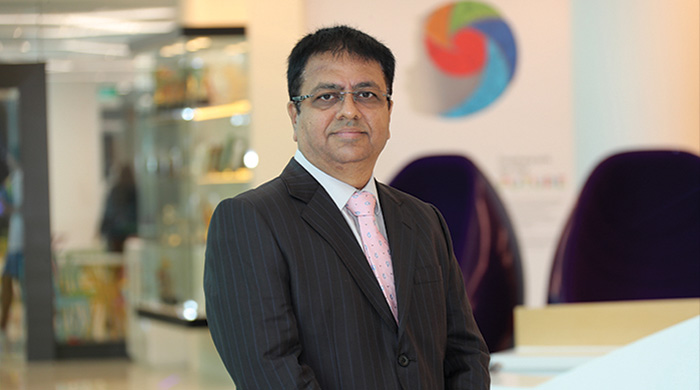
Atul Termunikar
“Someone had to take the leap. Whether it was economically viable and whether the target audience would take to that concept, we did not know,” Atul said, reflecting on the early days of building GIIS. That leap has since turned into a global movement in education.
The Indian Diaspora in Singapore: A Thriving Community
The Indian diaspora in Singapore is one of the most vibrant and rapidly growing communities in the city-state. Comprising professionals, entrepreneurs, and students, this group has made significant contributions to Singapore’s economy and culture. As of recent years, Indians form nearly 9% of Singapore’s population, making them the third-largest ethnic group after Chinese and Malays. Many are highly skilled professionals working in fields like IT, banking, and manufacturing, while others are business owners who have built thriving enterprises.
For families, however, settling in Singapore often comes with the challenge of adapting to a new culture and education system. This is where Atul Temurnikar’s vision for the Global Indian International School has been a game-changer. By creating an environment that respects Indian cultural roots while preparing students for a globalized world, GIIS has become a cornerstone for the Indian community in Singapore. For many parents, the school is not just an academic institution—it’s a place where their children can thrive while staying connected to their heritage.
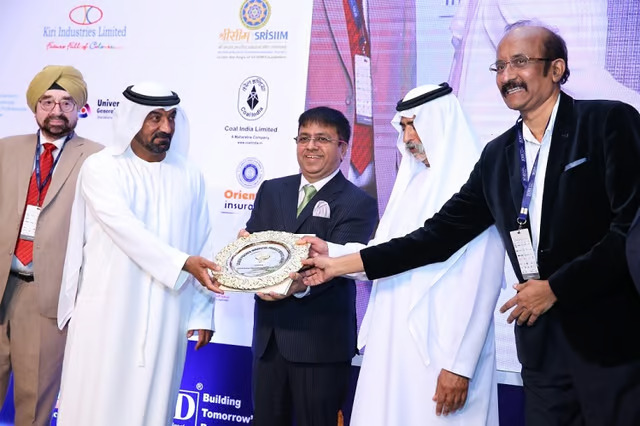
A Life Rooted in Purpose
Born in Nagpur, Maharashtra, Atul grew up in a family where education was deeply valued. His father, a mining engineer, and his mother, a doctor, instilled in him the importance of discipline and perseverance. As the eldest of three children, he learned to shoulder responsibilities early in life.
After completing his schooling, Temurnikar pursued engineering at the Visvesvaraya National Institute of Technology (VNIT), Nagpur, one of India’s premier institutions. It was here that he developed his analytical thinking and problem-solving skills—traits that would later help him navigate the challenges of building an international education network.
Atul’s professional journey began in the technology sector, where he worked with global giants like HCL Technologies and IBM. In 1991, he was posted to Singapore by HCL, and over time, the city-state became much more than just a workplace — it became home. By 2001, he was leading IBM’s retail operations in ASEAN, but amid his corporate success, he noticed a growing need within the Indian expatriate community.
“Almost nine of the 10 kids who came to Singapore from India were studying at a lower class here due to the difference in the education systems,” he observed. The gap between Indian and Singaporean curricula created hurdles for children and their parents. For Temurnikar, this was more than a problem — it was an opportunity to make a difference.
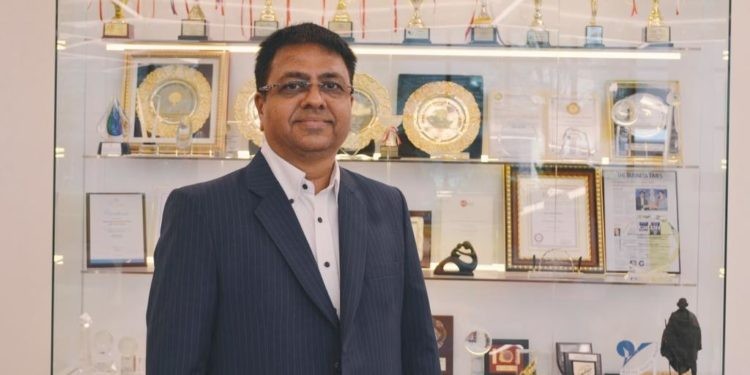
Atul Temurnikar
A Bold Move: The Birth of GIIS
In 2002, Atul Temurnikar left behind the comfort of a high-paying corporate job to start something completely new. Along with his wife Aparna, he poured their life savings into creating Singapore’s first international school designed for Indian expatriates. They even took a $500,000 loan to bring their vision to life.
The result was the Global Indian International School (GIIS), which opened its doors to offer students an education that bridged Indian values with global standards. Parents welcomed the school with open arms, finally finding a solution to their children’s educational struggles.
“The curriculum was different—Singapore has a Cambridge derivative and India has its CBSE—but for language and mathematics, there was a lot of disconnect,” Atul explained. GIIS tackled this challenge by blending the best of both systems.
From One Campus to a Global Network
What started as a single school in Singapore has grown into the Global Schools Foundation (GSF), an international education powerhouse. With over 70 campuses in 12 countries, GSF provides quality education to students from 70 nationalities. Temurnikar’s vision has made GSF a lifeline for Indian families abroad, from Singapore and Japan to the UAE and Malaysia.
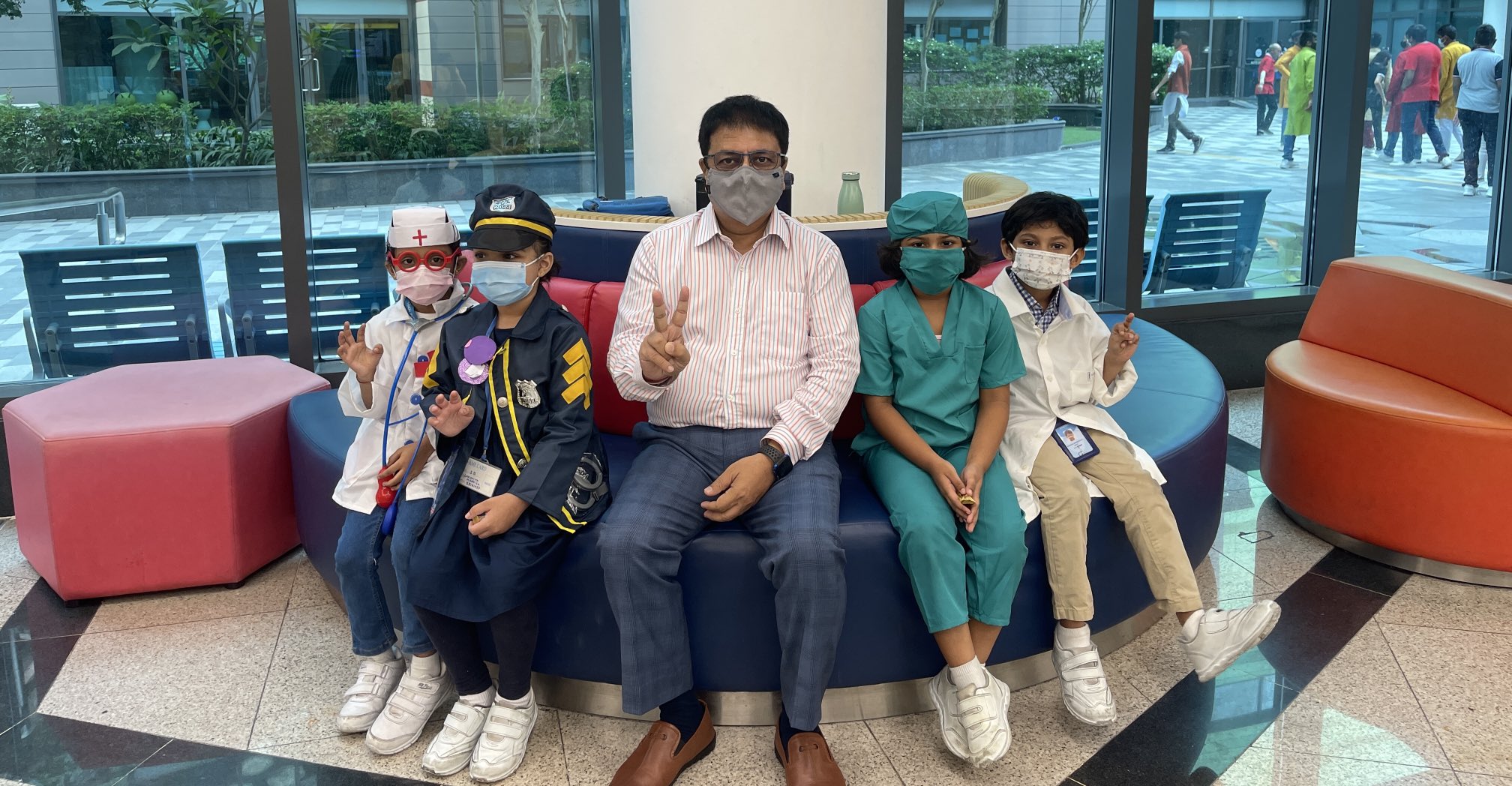
But expansion wasn’t just about numbers. Temurnikar focused on making education innovative and accessible. Under his leadership, GSF introduced the CBSE-i curriculum—an international version of India’s national syllabus. “We said—just like Cambridge has an international version, why can’t we have something like that? CBSE liked the idea, they worked on it, and then launched this version,” the Global Indian shared.
GSF also developed a unique quality system called the “7S Analysis” to ensure consistent standards across its campuses. This framework evaluates everything from infrastructure to teacher performance, making sure each school meets the foundation’s high expectations.
Changing Lives Across Borders
For Indian expatriates, GIIS is more than just a school—it’s a community. It gives families a sense of belonging in foreign lands and offers children an education that prepares them for the future while staying connected to their roots.
Atul Temurnikar has always prioritized quality over quantity. “We decide on locations where we find we can make a difference,” he explained. This thoughtful approach has helped GSF maintain its reputation as one of the most awarded school networks in the world, with over 600 accolades.
The Challenges and the Rewards
Building a global network of schools wasn’t easy. From recruiting skilled teachers to navigating complex regulations in different countries, every step came with challenges. Yet, Atul’s dedication never wavered. He emphasised teacher development, requiring all GSF educators to complete at least 80 hours of training annually.
View this post on Instagram
Reflecting on the journey, he said, “We had to rejig a lot and face our critics the hard way to ensure we really had a sustainable model.” Today, that model isn’t just sustainable — it’s thriving.
A Legacy in the Making
Atul Temurnikar’s story is one of courage, vision, and the willingness to take risks. As he prepares to accept the Pravasi Bharatiya Samman Award, he continues to inspire others with his journey. From Nagpur to Singapore and beyond, he has built not just schools but bridges—connecting cultures, communities, and dreams.
What makes his work even more remarkable is its ripple effect. Thousands of students around the world have benefited from his vision, and countless families have found comfort knowing their children’s education is in good hands.
And as Atul himself would say, this is only the beginning.
- Follow Atul Temurnikar on LinkedIn

